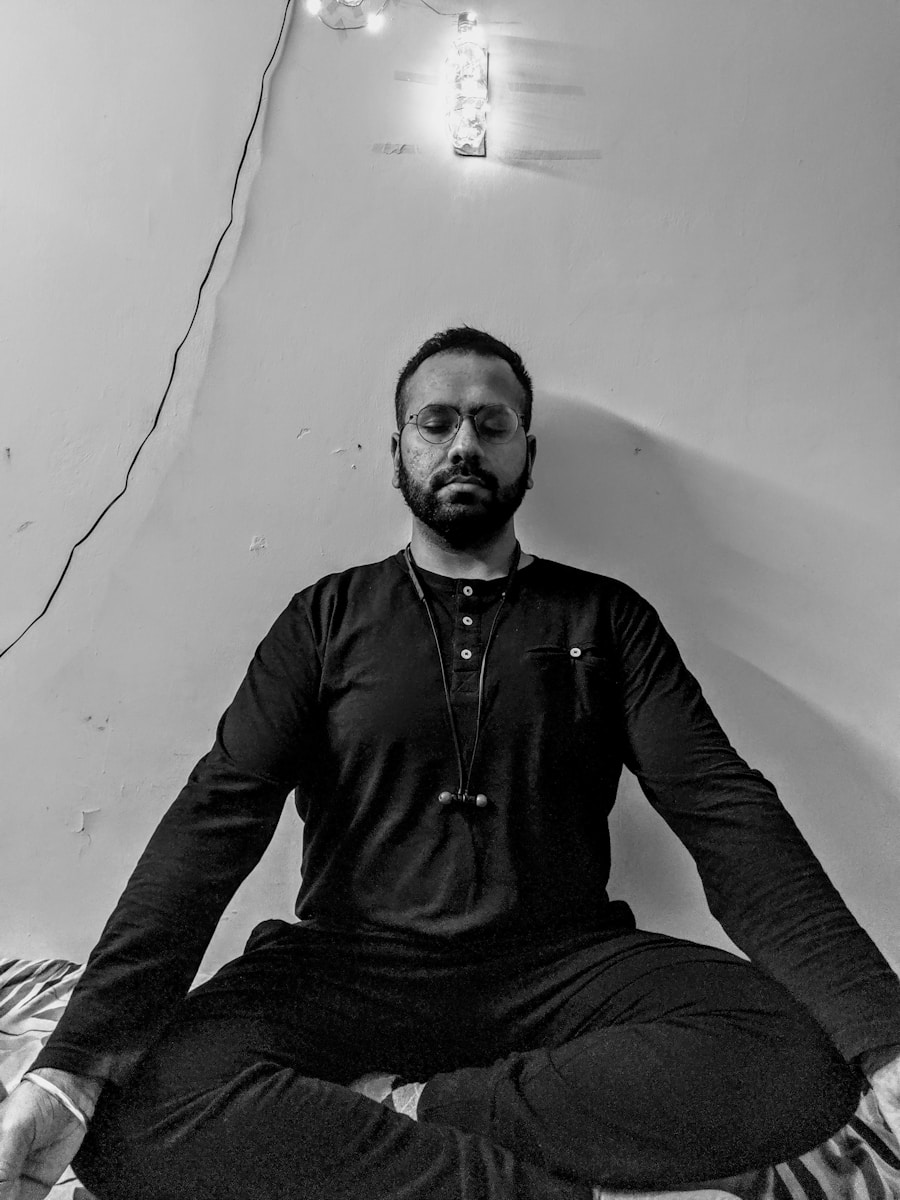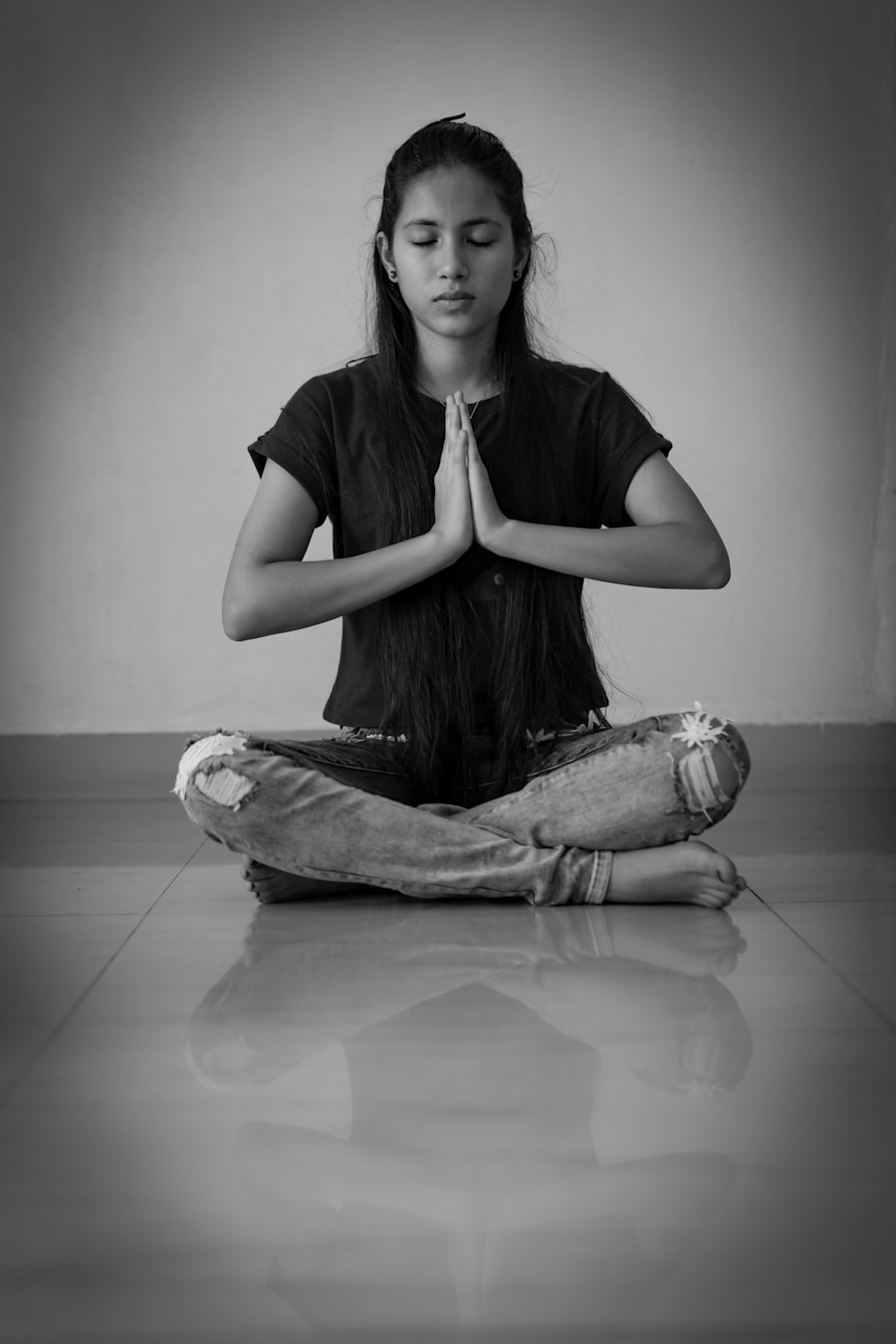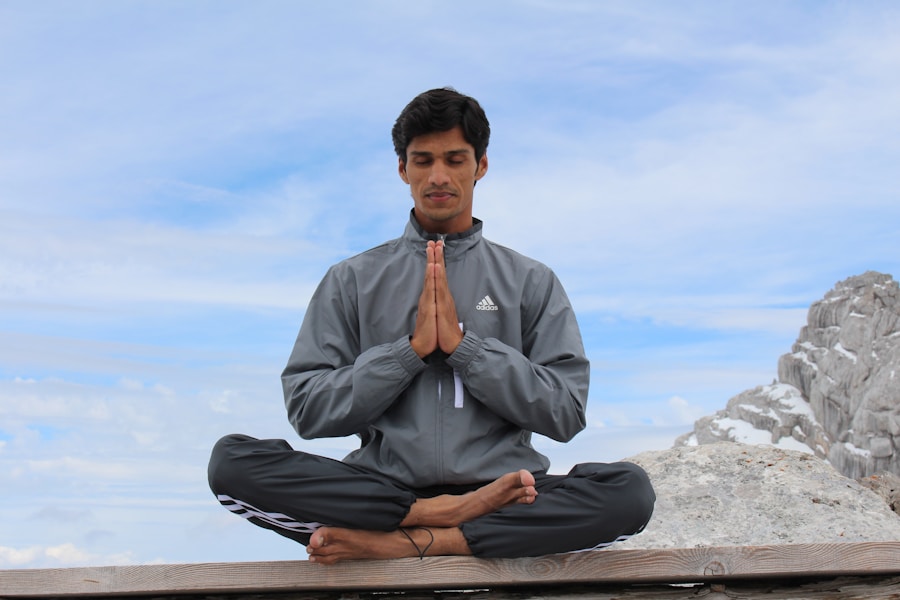Patanjali, an ancient sage and philosopher, is often regarded as the father of yoga due to his seminal work, the Yoga Sutras, composed around the second century BCE. Within this text, he delineates the eight limbs of yoga, known as Ashtanga Yoga, which serve as a comprehensive framework for spiritual development and self-realization. Among these limbs, pranayama, or breath control, occupies a pivotal position.
The term “pranayama” itself is derived from two Sanskrit words: “prana,” meaning life force or vital energy, and “ayama,” which translates to extension or control. This etymology underscores the significance of breath as a conduit for harnessing and regulating one’s vital energy. The origins of Patanjali’s pranayama techniques can be traced back to earlier yogic traditions and texts, such as the Upanishads and the Bhagavad Gita.
These ancient scriptures emphasize the importance of breath in achieving higher states of consciousness and spiritual awakening. Patanjali synthesized these teachings, providing a structured approach to pranayama that not only focuses on breath control but also integrates it with meditation and ethical living. His insights into the relationship between breath and mind laid the groundwork for subsequent generations of yogis and practitioners, establishing pranayama as a fundamental aspect of yoga practice.
Key Takeaways
- Patanjali’s pranayama techniques have their origins in ancient yoga philosophy and are designed to control the breath and life force energy.
- Pranayama has been scientifically proven to have numerous benefits, including reducing stress, improving lung function, and increasing mental clarity.
- Patanjali outlines several pranayama techniques, including Ujjayi, Nadi Shodhana, and Kapalabhati, each with its own specific benefits and purposes.
- A step-by-step guide can help practitioners learn and practice Patanjali’s pranayama techniques effectively and safely.
- Common misconceptions about pranayama include the belief that it is only about deep breathing and that anyone can practice any technique without guidance. It’s important to seek proper instruction and listen to your body when practicing pranayama. Incorporating Patanjali’s pranayama techniques into your daily yoga practice can enhance the overall experience and benefits of yoga, leading to a deeper connection with the breath and improved physical and mental well-being.
The science behind pranayama and its benefits
Reducing Stress and Anxiety
By consciously controlling the breath through pranayama, practitioners can activate the parasympathetic nervous system, which promotes relaxation and reduces stress. Research has shown that regular practice of pranayama can lead to significant improvements in mental health. For instance, studies have indicated that individuals who engage in pranayama experience reduced levels of anxiety and depression.
Improving Cognitive Function
The rhythmic nature of controlled breathing helps to stabilize mood by balancing neurotransmitters in the brain. Furthermore, pranayama has been linked to enhanced cognitive function, including improved focus and memory retention. This is particularly relevant in today’s fast-paced world, where distractions abound and mental clarity is often compromised.
A Holistic Approach to Well-being
Overall, the practice of pranayama offers a holistic approach to well-being, combining physical, emotional, and mental benefits. By incorporating pranayama into daily life, individuals can experience a profound impact on their overall health and quality of life.
Exploring the different pranayama techniques outlined by Patanjali

Patanjali’s Yoga Sutras outline several key pranayama techniques that practitioners can incorporate into their routines. One of the most fundamental techniques is Ujjayi Pranayama, often referred to as “victorious breath.” This technique involves inhaling deeply through the nose while constricting the throat slightly to create a soft sound reminiscent of ocean waves.
Another important technique is Nadi Shodhana, or alternate nostril breathing. This practice involves inhaling through one nostril while closing the other with a finger, then switching nostrils for the exhalation. Nadi Shodhana is believed to balance the body’s energy channels (nadis) and harmonize the left and right hemispheres of the brain.
This technique is particularly beneficial for those seeking mental clarity and emotional stability. Kapalabhati, or “skull shining breath,” is another dynamic pranayama technique that involves rapid exhalations followed by passive inhalations. This practice energizes the body and clears stagnant energy from the mind.
It is often used as a preparatory technique before meditation or more advanced yoga postures. Each of these techniques serves a unique purpose, allowing practitioners to tailor their pranayama practice to their individual needs and goals.
Step-by-step guide to practicing Patanjali’s pranayama techniques
To effectively practice Patanjali’s pranayama techniques, it is essential to create a conducive environment that fosters relaxation and focus. Begin by finding a quiet space where you can sit comfortably in a cross-legged position or on a chair with your feet flat on the ground. Ensure that your spine is erect but not rigid, allowing for free movement of breath throughout your body.
Start with Ujjayi Pranayama by closing your eyes and taking a few moments to settle into your breath. Inhale deeply through your nose while slightly constricting your throat, creating the characteristic sound of Ujjayi breath. Aim for a slow and steady inhalation that lasts for a count of four or five seconds.
Hold your breath for a brief moment at the top of your inhalation before exhaling slowly through your nose for an equal count. Repeat this cycle for several minutes, focusing on the sound and sensation of your breath. Next, transition to Nadi Shodhana by using your right thumb to close your right nostril.
Inhale deeply through your left nostril for a count of four, then close your left nostril with your right ring finger while releasing your right nostril. Exhale through your right nostril for a count of four. Inhale through the right nostril for four counts, then switch again to exhale through the left nostril.
Continue this alternating pattern for several rounds, allowing yourself to feel balanced and centered with each cycle. Finally, incorporate Kapalabhati by sitting comfortably with an upright posture. Take a deep inhale through your nose, filling your lungs completely.
Then, forcefully exhale through your nose while contracting your abdominal muscles sharply. Allow the inhalation to happen passively without effort. Repeat this rapid exhalation for 20-30 rounds before returning to normal breathing.
After completing these techniques, take a few moments to sit in silence and observe any changes in your mental state or physical sensations.
Common misconceptions about pranayama and how to avoid them
Despite its growing popularity, there are several misconceptions surrounding pranayama that can hinder practitioners from fully benefiting from its techniques. One common myth is that pranayama is solely about controlling the breath without any connection to mindfulness or meditation. In reality, pranayama serves as a bridge between physical practice and deeper meditative states.
It is essential to approach pranayama with an awareness of its holistic nature, recognizing that breath control can enhance concentration and facilitate inner stillness. Another misconception is that pranayama is only suitable for advanced yogis or those with prior experience in yoga practice. While some techniques may require more skill or understanding, many pranayama practices can be adapted for beginners.
It is crucial for newcomers to start slowly and listen to their bodies, gradually building their proficiency over time. Seeking guidance from experienced instructors can also help dispel myths and provide clarity on proper techniques. Additionally, some practitioners may believe that pranayama should be practiced only in isolation from other aspects of yoga.
However, integrating pranayama into a broader yoga practice can amplify its benefits. Combining breath control with asanas (postures) allows for a more profound exploration of both physical and energetic dimensions of yoga.
Incorporating Patanjali’s pranayama techniques into your daily yoga practice

Starting with Pranayama
To begin this integration, consider starting each session with a few minutes dedicated solely to pranayama before transitioning into asanas. This approach allows you to cultivate awareness and prepare your mind for movement.
Pranayama Techniques for Enhanced Practice
instance, you might begin with Ujjayi Pranayama to establish a steady rhythm of breath before moving into sun salutations or standing poses. The calming effect of Ujjayi can help you maintain focus throughout your practice while ensuring that each movement is synchronized with your breath. As you progress through your asanas, periodically return to Nadi Shodhana or Kapalabhati as needed to reset your energy levels or clear mental fog.
Integrating Pranayama into Daily Life
By understanding Patanjali’s teachings on pranayama and incorporating these techniques into daily practice, practitioners can unlock profound benefits that extend beyond the mat into everyday life.
If you are interested in exploring the connection between yoga and nutrition, you may want to check out this article on fruits and vegetables names. Understanding the benefits of a balanced diet can complement your practice of Patanjali’s Pranayama techniques. Additionally, for those looking to incorporate more protein into their diet, this article on foods high in protein can provide valuable insights. By combining the principles of yoga with a nutritious diet, you can enhance your overall well-being.
FAQs
What are Patanjali’s Pranayama Techniques?
Patanjali’s Pranayama Techniques are a set of breathing exercises and techniques outlined in the Yoga Sutras of Patanjali, an ancient Indian text on yoga philosophy. These techniques are designed to control and regulate the breath to improve physical and mental well-being.
What is the purpose of practicing Patanjali’s Pranayama Techniques?
The purpose of practicing Patanjali’s Pranayama Techniques is to cultivate awareness of the breath, increase vitality, and calm the mind. These techniques are also believed to help balance the body’s energy and promote overall health and well-being.
What are some common Pranayama Techniques outlined by Patanjali?
Some common Pranayama Techniques outlined by Patanjali include Ujjayi Pranayama (victorious breath), Nadi Shodhana (alternate nostril breathing), and Kapalabhati (skull shining breath). These techniques involve specific breathing patterns and rhythms to achieve different effects on the body and mind.
Are there any health benefits associated with practicing Patanjali’s Pranayama Techniques?
Yes, there are several health benefits associated with practicing Patanjali’s Pranayama Techniques. These may include improved respiratory function, reduced stress and anxiety, increased mental clarity, and enhanced overall vitality. Regular practice of these techniques may also support cardiovascular health and improve immune function.
Can anyone practice Patanjali’s Pranayama Techniques?
While Patanjali’s Pranayama Techniques are generally safe for most people, it is recommended to learn and practice them under the guidance of a qualified yoga instructor, especially for beginners or individuals with specific health concerns. Pregnant women and individuals with certain medical conditions should consult a healthcare professional before practicing these techniques.






















+ There are no comments
Add yours